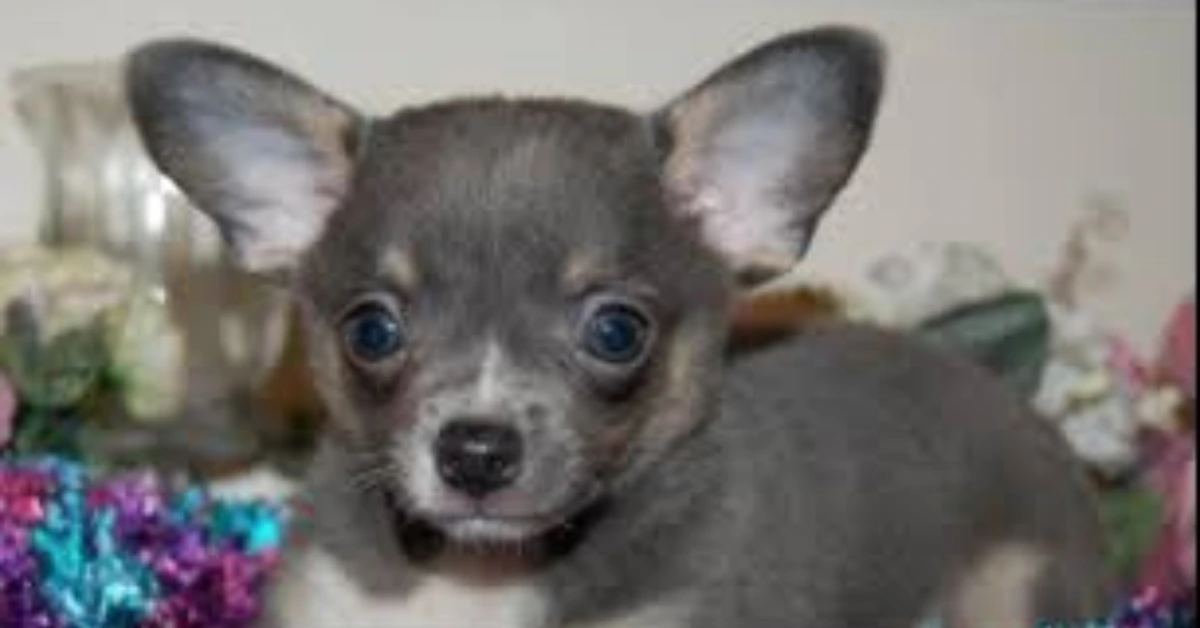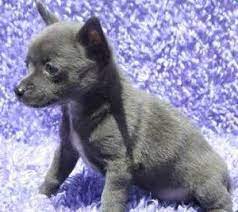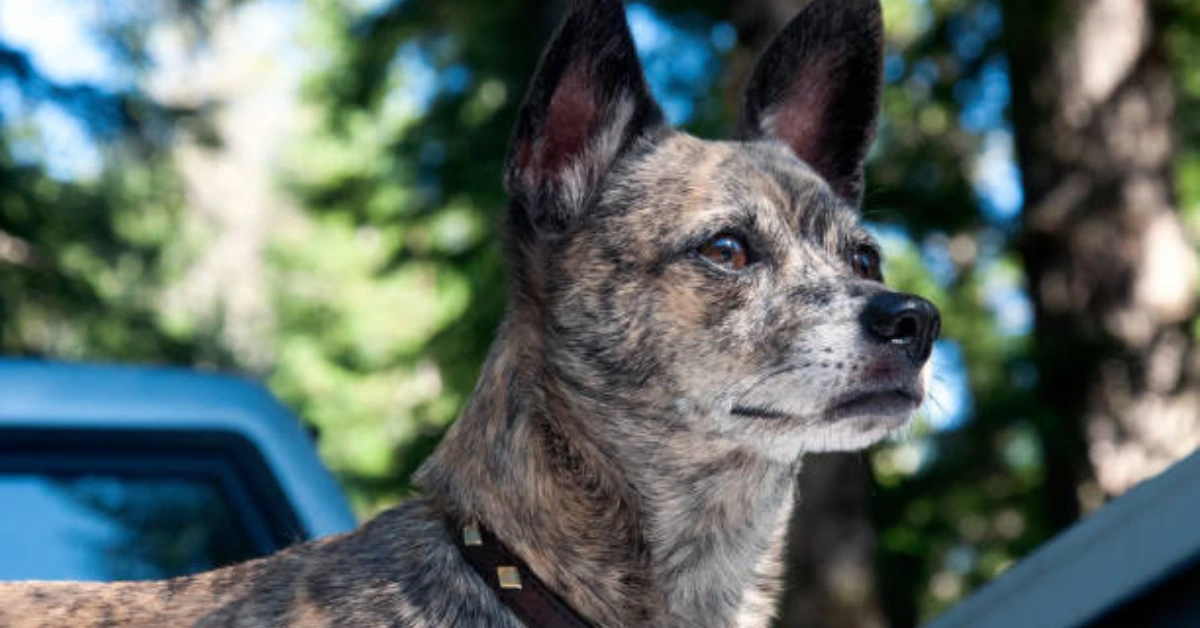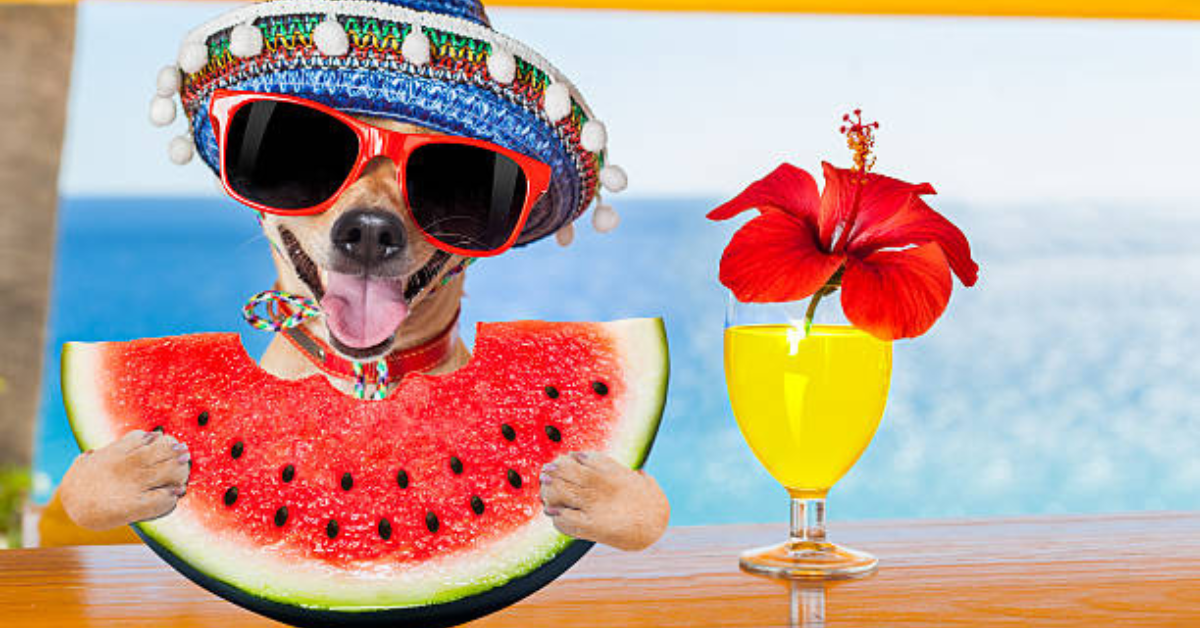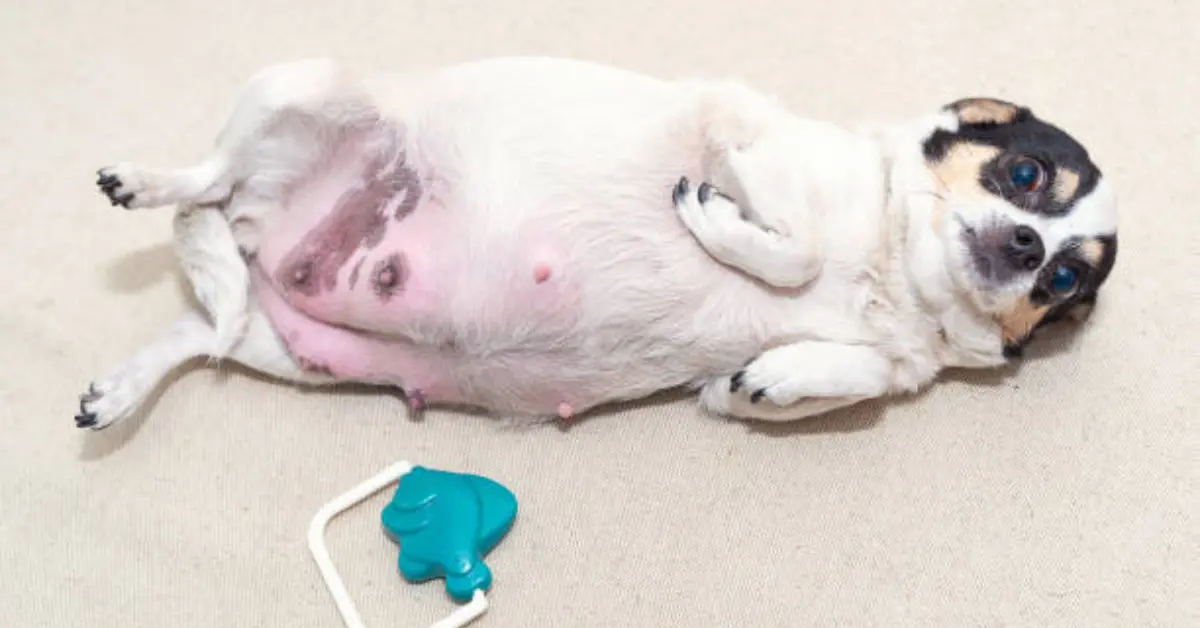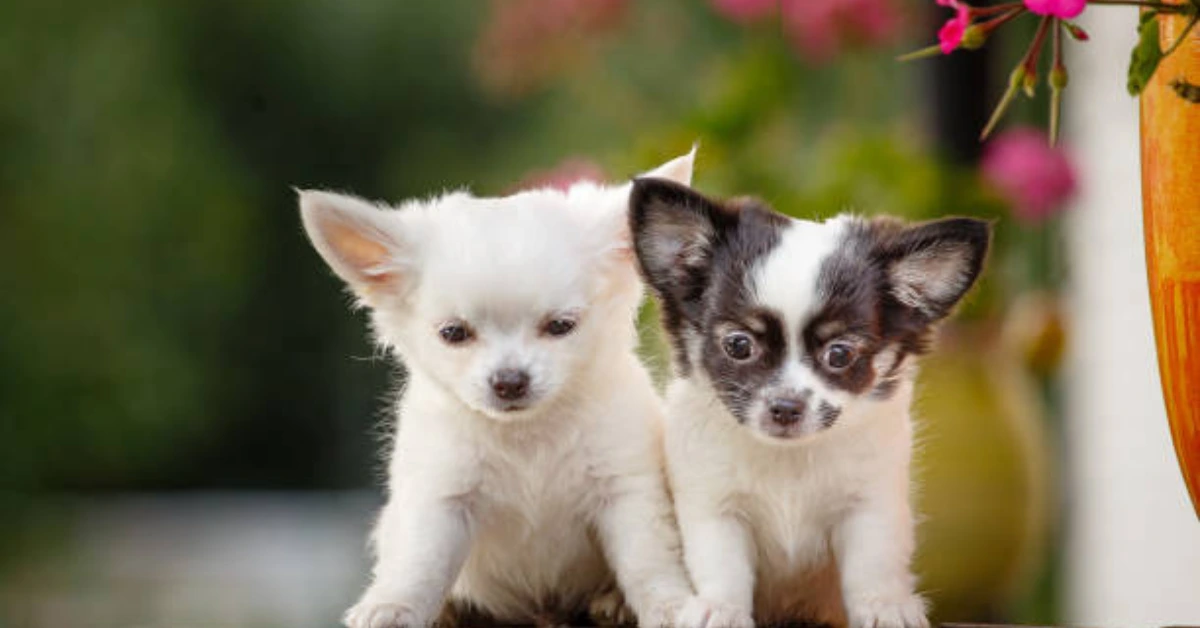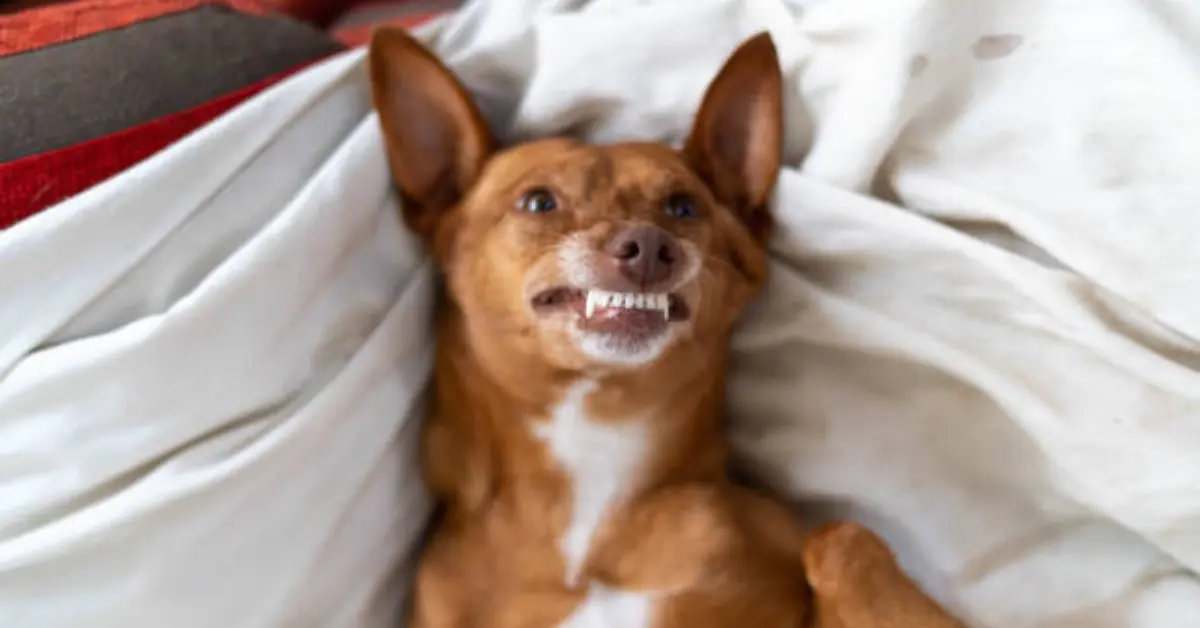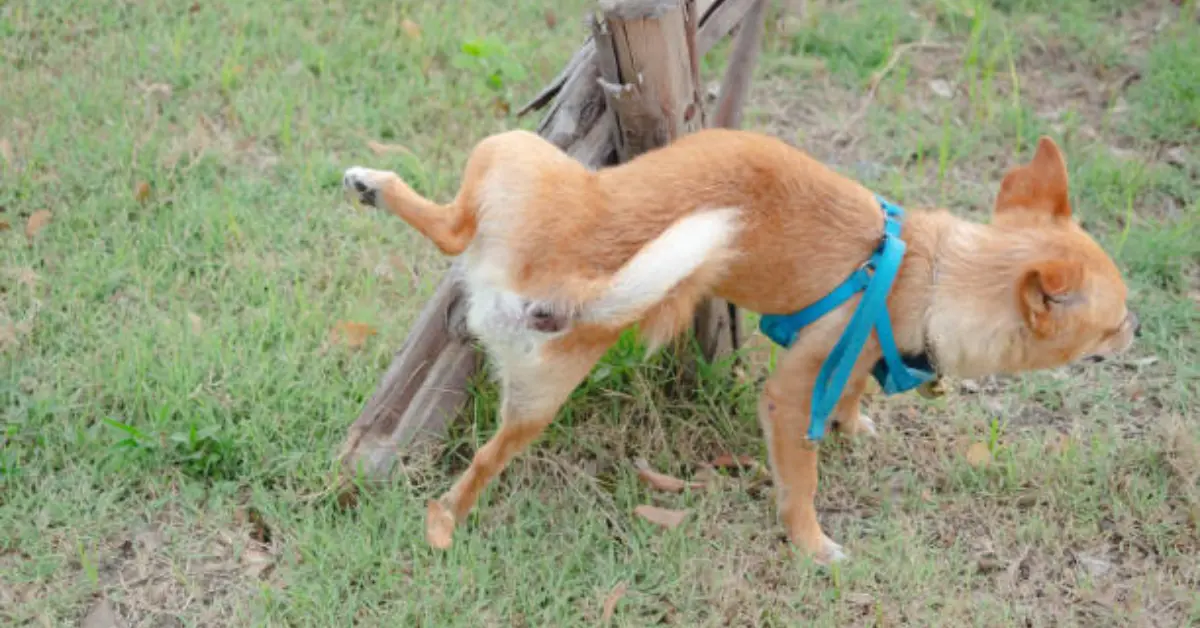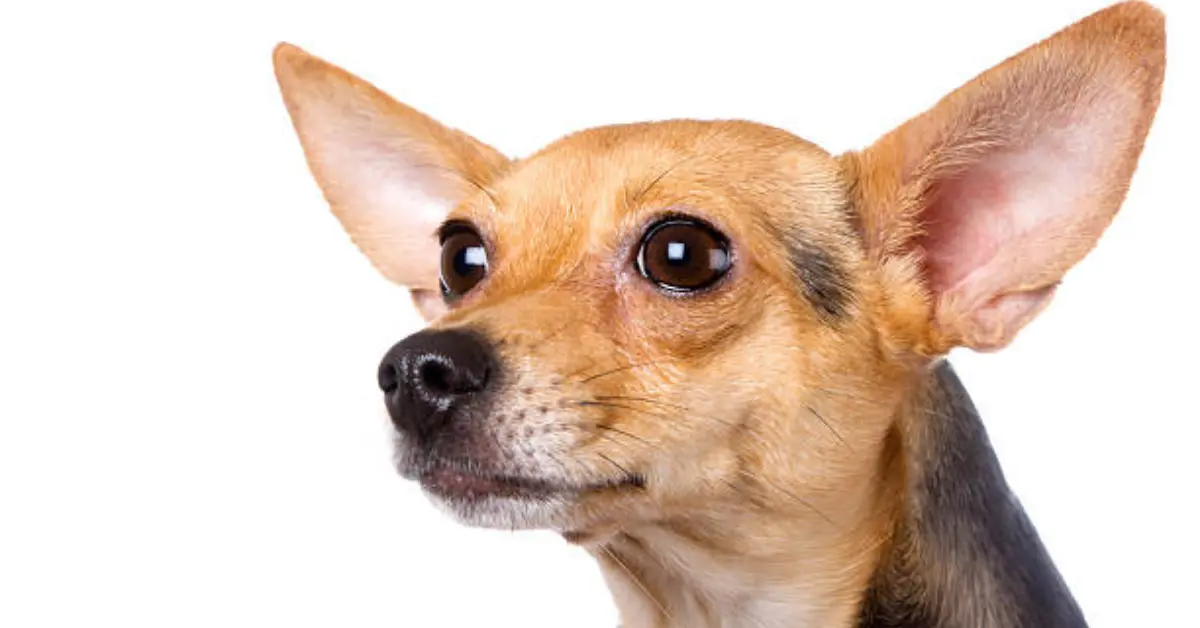There are many different hues of Chihuahuas. The AKC breed standard, which the Chihuahua Club of America created, permits any color. All of them are welcome in the conformation show arena. There are solids, multicolored coats, and various markings.
Some hues—like fawn—are typical while others, like blue, are extremely uncommon. Numerous people wonder what a blue Chihuahua is, and there is a lot of conjecture about this breed’s blue hue. What does the definition mean? We will address all of your inquiries about this in this section. It’s also a fascinating subject!
What is a blue chihuahua?
As you might expect, the fur on a blue Chihuahua is not truly blue. Skin pigmentation, not fur color, determines blue. The nose, paws, lips, and eye rims are examples of dark, sometimes black, skin points that have a steel-blue or navy hue. In strong sunlight, it is usually easier to see the blue hue outside.
Advertisement
Many blue Chihuahuas have unique coats, even though the breed’s designation is based on skin pigmentation rather than fur color. Fur often has a blue shine to it and is colored from light to black.
Most frequently, blues are seen in combination with other hues, such as blues with tan or white marks, etc. As a result, a solid blue coat is even more uncommon than a tri-coat, which has three different color combinations, or a blue party.
The short coat and the long coat of the Chihuahua are both available in this hue. The likelihood that either strain Chihuahua has the gene for this gorgeous coat color is not higher.
Blue Chihuahua Temperament
For hundreds of years, these tiny companions have served as pets.
They are naturally drawn to human contact and attention. They are therefore devoted, affectionate lap dogs that thrive on attention.
Spending time with the parents of a blue Chihuahua puppy is the best method to get an idea of their personality.
It’s crucial to remember socialization and early training even with young children.
It is easy to scoop a small dog out of strange places. It can be alluring to rely solely on this approach rather than devoting time and effort to constructive socialization experiences starting at a young age.
However, this can make your adult dog fearful of strangers and strange environments. These kinds of dogs bark quickly and lose their fright.
This holds for all hues of Chihuahuas, including blue.
Before your puppy leaves to go home with you, find out how they will be raised. A dog’s personality is greatly influenced by its nurturing.
Blue Chihuahua Health State
Let’s now examine whether the unique genetic makeup of blue Chihuahuas has any physical implications other than just fur color.
There are several health issues common to all Chihuahuas. The most typical of these are:
- Patella luxation: One in twenty Chihuahuas suffer from readily dislocatable, loose knee joints.
- Dental issues: Chihuahuas have the same amount of teeth as other dogs, despite their small size. They are vulnerable to deterioration and crowding.
- Joint problems: Hereditary degenerative joint illnesses affecting the hips and elbows are common in Chihuahuas. Lameness and excruciating arthritis may result from these.
- A hereditary condition called hydrocephalus is characterized by less brain tissue and an increase in fluid inside the skull.
- inherited conditions affecting the eyes, specifically vitreous degeneration. This is the point at which the ocular gel melts and causes blindness.
- Tracheal collapse is the term for a collapsed windpipe brought on by a weakening of the rings of cartilage that hold it open.
Furthermore, several illnesses specifically target blue Chihuahuas. Next, let’s examine them.
Blue Chihuahuas and Color Dilution Alopecia
Dogs with color dilution alopecia (CDA) may experience skin and/or coat changes.
The coat could first appear thin or drab. Additionally, the dog may eventually experience poor regrowth and hair loss.
Skin without hair may be scaly and more prone to infections.
Dogs that are diluted are more likely to get CDA. But the reason remains a mystery to academics.
Even while the precise genes causing alopecia are unknown, researchers do know that some mutations leading to dilution may be connected to the condition.
On the other hand, little is known about the potential impact of this recently discovered mutation on CDA.
The Blue Merle Chihuahua
People may also picture blue merle Chihuahuas when they think of this color of dog.
Remarkably, not every blue merle Chihuahua possesses the dd genotype that we previously studied.
Merle genes work similarly to dilution genes, altering other genes to produce distinct regions of dilution while preserving colored patches.
Some blue merle Chihuahuas have black pigment affected by the merle gene, which results in a dog with grey fur (which resembles blue Chihuahua fur) and black patches.
There are also Chihuahuas with diluted blue merles. The dd genotype is present in these dogs. They have light gray fur with areas of darker blue fur.
Health Problems That Blue Merle Chihuahuas Can Have
The merle pattern is quite alluring. However, there are two sides to the merle gene.
Dogs with one copy of the gene are born with merle coats and rarely have negative side effects.
However, if they are double merle, meaning they carry the merle gene from both parents, they are far more likely to experience severe ear and eye problems.
Microphthalmia, or undersized eyes, is one type of such deformity. Microcornea is another condition in which the cornea is smaller than normal.
Double merle dogs may become completely or partially blind as a result of these abnormalities.
Like any other breed, blue Chihuahuas require routine veterinary examinations. Look for any anomalies or problems that might be affecting their well-being.
Blue Chihuahua Coat Care
Regardless of color, Chihuahuas need to be given the same level of care and attention as other dogs. The following are important things to think about when taking care of your blue Chihuahua:
Grooming
If you happen to come across a blue Chihuahua, be sure to maintain the healthiest possible coat for that exceptional and uncommon breed. Any dog will benefit from good grooming practices because a well-groomed coat makes for a happy and healthier puppy.
Depending on whether you have a blue long-haired or short-haired breed, grooming your dog will vary.
The occasional brushing will be sufficient to maintain the skin and coat health of the short-haired Chihuahua. Regular brushing is required for the Chihuahua with long hair, at least twice or three times every week.
To prevent infections from being caused by excess moisture, waxy buildup, or debris, your dog’s ears should be examined and cleaned regularly. Regular nail care is necessary to prevent breakage or cracking of his nails.
Diet
The well-being of your blue Chihuahua depends on eating a balanced diet. Make sure that the important vitamins, minerals, and nutrients are included in their diet.
Exercise
Due to their high energy levels, blue chihuahuas require a lot of exercise to be in good form. Playtime within the house and daily vigorous walks will do just well.
What to Consider When Adopting a Blue Chihuahua
Choosing to adopt a blue Chihuahua requires careful consideration and much research. Before adopting, take into account the following crucial points:
1. Credible and Responsible Breeders
Look for respectable breeders who place a high priority on providing dogs with healthcare and ethical treatment, along with health assurances.
2. Problems with Behavior
Blue Chihuahuas can also have behavior problems, like being possessive and aggressive if they are not trained properly. Make sure the parents do what they need to do to socialize the dog.
3. Cost
Standard Chihuahuas typically cost between $300 and 800 dollars, while blue Chihuahuas can cost up to $10,000 depending on their popularity.
Prices for blue Chihuahuas are also influenced by other factors. Age, gender, health certifications, registrations, and other documentation, are all very important. For instance, The cost of a certified blue Chihuahua will be more than that of an uncertified one. Therefore, double-check all the criteria before finalizing the purchase.
4. How To Identify Blue Chihuahuas?
They will try to pass off gray or silver as blue, which is wrong because blue is a unique color. The AKC and other dog registries can check the papers to see what color the puppy is without any proof of that color. Because of this, papers that show a blue Chihuahua don’t mean that the dog is blue. Because of this, sad to say, people are willing to pay a lot more for a dog that isn’t even black or light brown.
People who want to find a Chihuahua with this rare color can look at the puppy in person to be more sure they are getting what they pay for. On a nice day, you should do this outside. If it’s sunny, you should be able to see a blue tint on the nose, eye rims, paw pads, and lips.
Looking at the parents doesn’t always help. A blue Chihuahua can be born from a tan and a black Chihuahua or any other color Chihuahua if both the mom and the sire have the recessive blue gene. This gene is passed on to the puppy.
5. Breeding Two Pure Blue Chihuahua is unethical
There is a good reason why most reputable breeders won’t put two blues together. Animal studies have shown that this can lead to health problems in the litter, such as problems with the coat’s material and health.
This is because the color isn’t as strong and there are flaws that you can’t see. When they are bred together, they can have a litter with several health issues. The most common are problems with the hair not growing properly and skin issues called Alopecia.
Even if two blues are bred together in an unethical way, the baby that is born may only have tans, browns, and fawns. This gene is recessive, which means it can be passed down through your dog’s family tree but not in all of them.
Last Word
Rare and unusual, blue chihuahuas have a brave demeanor and an eye-catching appearance. They can also be fun and affectionate friends, even if they need good care and attention.
Make sure you conduct thorough research and choose a reliable and moral breeder if you’re thinking about adopting a blue Chihuahua. Your blue Chihuahua may provide years of love and friendship if given the right care and affection.
YOU MAY ALSO LIKE:
39 Chihuahua Colors And Patterns- A Complete Guide
Are Merle Chihuahuas Unhealthy?
Advertisement

